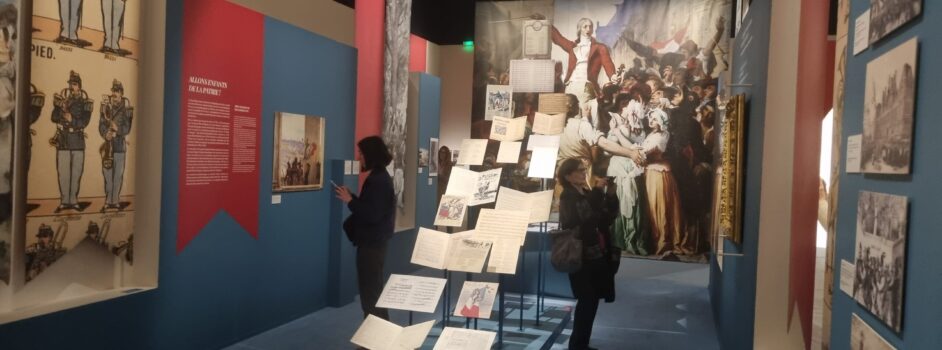Plus de détails
Prague. Obecní dům. 22-V-2017. Wolfgang Amadeus Mozart (1756-1791): Sinfonia Concertante for Violin, Viola and Orchestra, KV 364; Dmitri Shostakovich (1906-1975): Symphony No. 13, op. 113. Jiří Vodička: violin; Jakub Fišer: viola; Kostas Smoriginas: bass-baritone; Prague Philharmonic Choir, Kühn Choir of Prague; Czech Philharmonic Orchestra, conductor: Petr Altrichter
 The Prague Philharmonic and Kühn choirs just might have stolen the show with their power, clear diction, and their ability to conjure up countless shades of color.
The Prague Philharmonic and Kühn choirs just might have stolen the show with their power, clear diction, and their ability to conjure up countless shades of color.
There are certainly many approaches to putting together a program of orchestral music. Are the works selected based on a common theme or source of inspiration? From a common historical era? Or do the works greatly contrast from each other, giving the audience the opportunity to sample different tastes? Putting Mozart's Sinfonia Concertante and Shostakovich's Symphony No. 13 perhaps falls into the latter category.
Mozart's sunny Sinfonia Concertante opened the program. Consistent with the work's disposition, this evening's performance reveled in joy and affirmation. Soloists Jiří Jodička and Jakub Fišer were textbook models of chamber string playing: perfectly aligned intonation, unity on all aspects of interpretation, seamless communication. Jodička and Fišer also paid great attention to the unique qualities of their respective instruments; Jodička's tone was pure and crystalline, while Fišer brought out the uniquely warm and honeyed sound of the viola. The Czech Philharmonic played with precision and tight ensemble, particularly in the contrapuntally vigorous tuttis of the first movement.
Shostakovich's Symphony No. 13 is a major choral-orchestral setting of various poems by the recently deceased poet Yevgeny Yevtushenko. The symphony was originally conceived as a one-movement setting of Yevtushenko's Babi Yar, a poem that commemorates the atrocities at the eponymous site in present-day Kiev. Shostakovich subsequently expanded the work into a full five-movement symphony, setting four additional poems by Yevtushenko.
After a somewhat tentative start, the Czech Philharmonic quickly settled into a generally virtuosic and confident traversal of the symphony's numerous moods and landscapes. The brass and percussion were assured and powerful, particularly in the climaxes of the first movement and throughout the sardonic second movement. The lush Czech Philharmonic strings glowed with warmth during the consoling movements of the final movement (the violin-viola duet was especially memorable), but also executed the rapid passagework in the third and final movements with accuracy and aplomb.
While bass-baritone Kostas Smoriginas certainly brought the requisite power and tonal confidence to the symphony's solo part, his delivery in the first movement was slightly one-dimensional and did not quite capture the moods of fear and anxiety. Smoriginas was at his best in the work's more sarcastic moments, such as in the second and final movements.
The combined male voices of the Prague Philharmonic and Kühn choirs just might have stolen the show with their power, clear diction, and their ability to conjure up countless shades of color. The anxious whispering at the opening and close of the fourth movement was both haunting and spine-chilling.
Credit photo: Kostas Smoriginas © Monika Penkutė
Plus de détails
Prague. Obecní dům. 22-V-2017. Wolfgang Amadeus Mozart (1756-1791): Sinfonia Concertante for Violin, Viola and Orchestra, KV 364; Dmitri Shostakovich (1906-1975): Symphony No. 13, op. 113. Jiří Vodička: violin; Jakub Fišer: viola; Kostas Smoriginas: bass-baritone; Prague Philharmonic Choir, Kühn Choir of Prague; Czech Philharmonic Orchestra, conductor: Petr Altrichter







